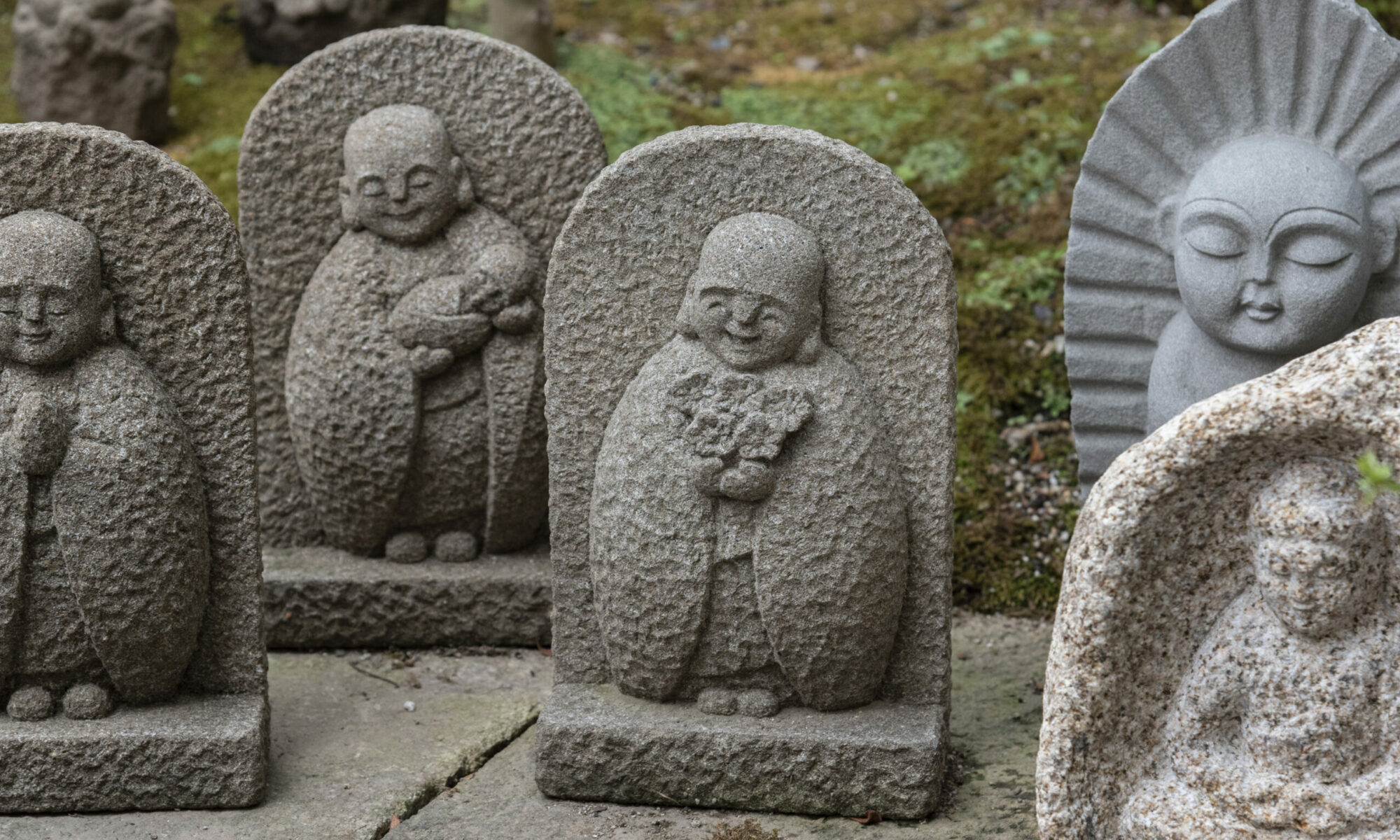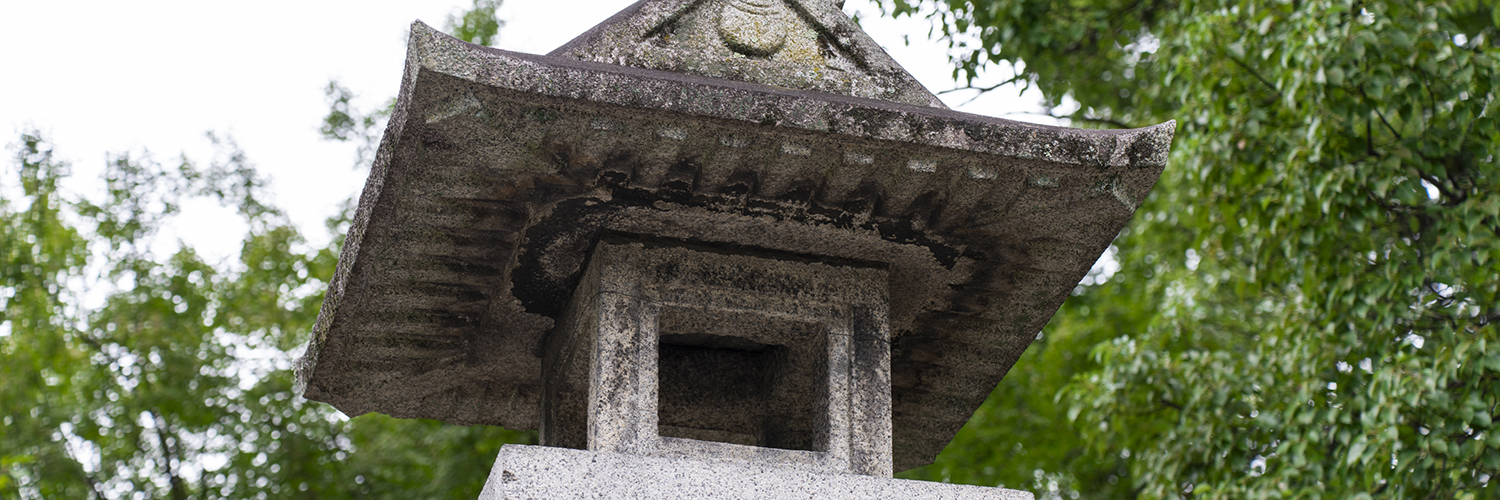Stone lanterns are an essential feature in Japanese gardens and temples, and their beauty and elegance are loved by many people. In today`s blog, we will explore the origins of stone lanterns and their evolution throughout history, uncovering the story behind their everlasting appeal. By understanding the culture and history behind lanterns, we can deepen our appreciation for them.
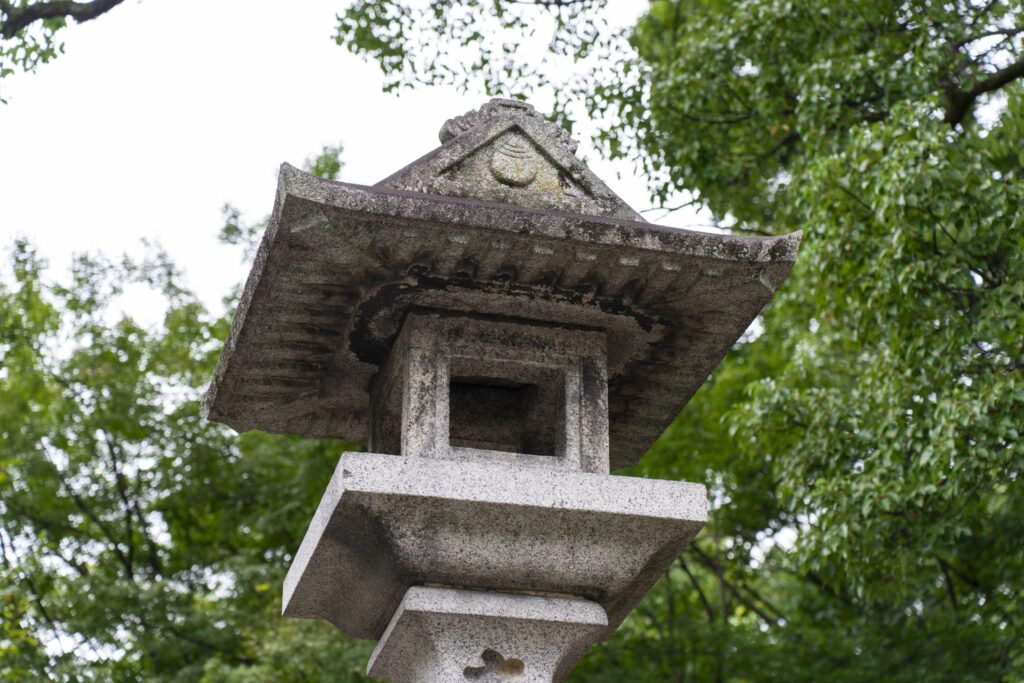
The Origins of Lanterns
Lanterns are said to have been introduced to Japan during the Nara period (710–794), alongside the arrival of Buddhism, and were originally used as offerings of light to Buddha and deities. At the time, lantern culture had not yet developed in countries like India. The concept of lanterns is believed to have originated in China and Korea before spreading to Japan, where it evolved in a unique way. In Buddhist tradition, offering light before the Buddha was an important ritual. This practice gradually spread to Shinto shrines, where lanterns served not only as a source of light but also as symbols that enhanced the solemnity and sacredness of the space.
The oldest surviving stone lantern in Japan is located at Taimadera Temple in Nara Prefecture, dating back to the early Nara period. Originally, a single lantern was placed at the center of the building. However, by the early Azuchi-Momoyama period (1568–1600), lanterns began to be arranged in pairs. As faith spread among both the samurai and common people, the number of lantern donations gradually increased. Over time, this led to the iconic sight we see today, with rows of stone lanterns lining the paths leading to temples and shrines.
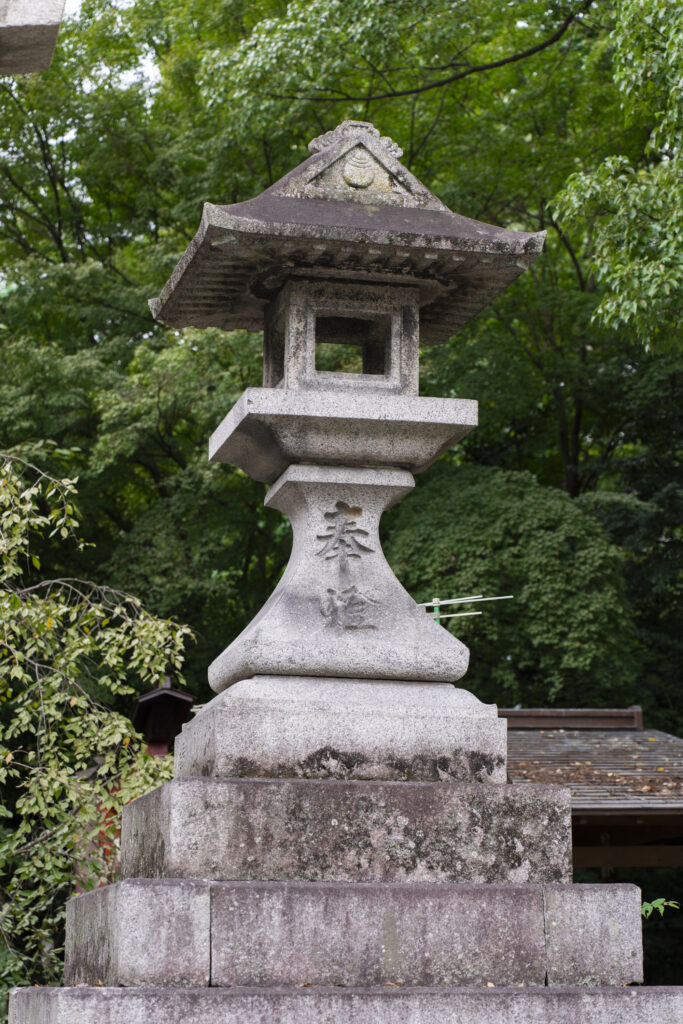
The Influence of Tea Ceremony on Stone Lanterns
Stone lanterns, originally designed to offer light to Buddhas and deities in temples and shrines, began to be used as decorative elements in gardens during the Azuchi-Momoyama period (1568–1600), alongside the rise and development of the tea ceremony (chanoyu).
To improve lighting and enhance the beauty of garden landscapes, stone lanterns began to be placed more frequently in gardens. The tea ceremony requires a tranquil and serene atmosphere, and stone lanterns played a key role in this. As a result, their designs grew more varied. What were once simple, single-legged lanterns used in temples and shrines evolved into more creative forms, including four-legged and three-legged snow-viewing lanterns (yukimi-dōrō), as well as lanterns with curved legs, like the distinctive ‘Rankei’ style.
This shift reflects how the tea ceremony influenced garden design, and how stone lanterns began to be seen not just as functional, but also as beautiful, decorative pieces.
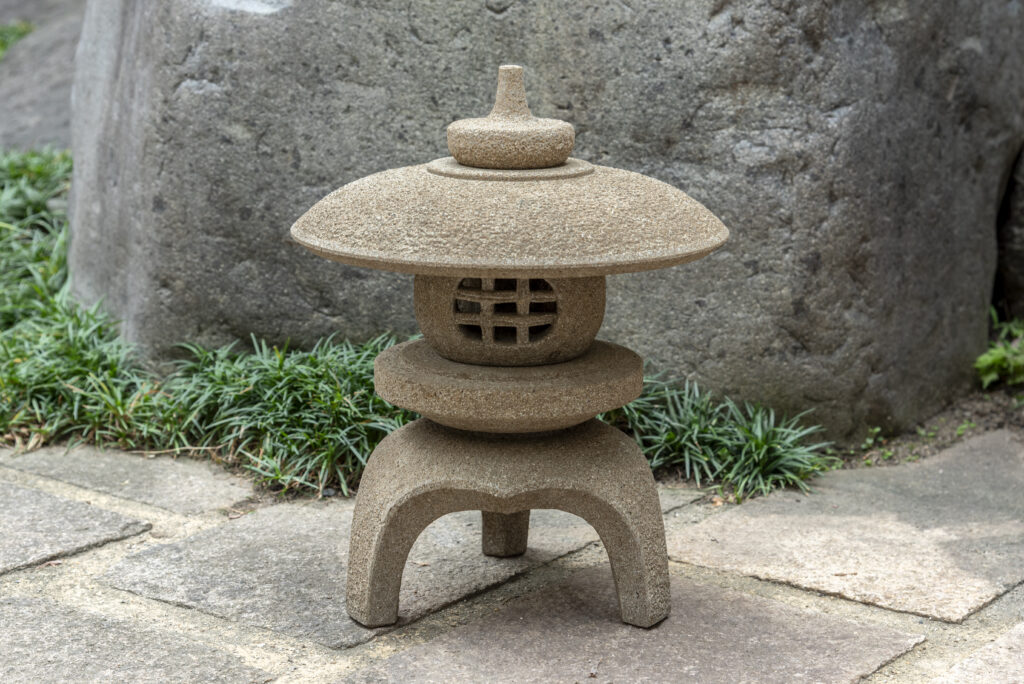
Yukimi-dōrō
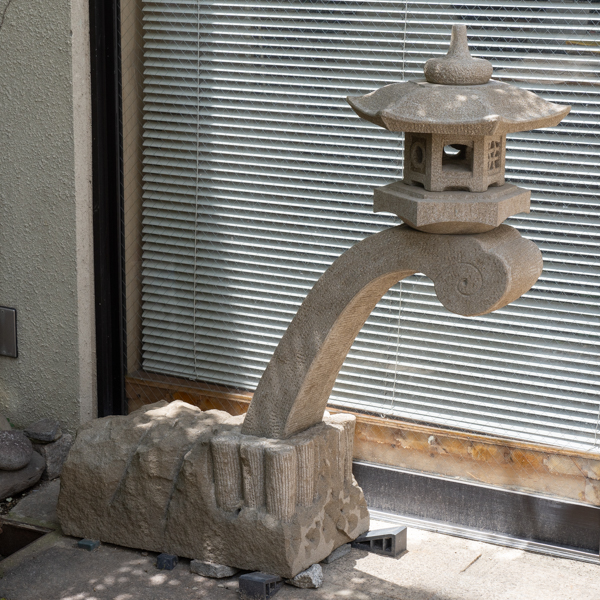
Rankei-gata Dōrō
Not only did the legs change, but the design of the roof also became larger, as seen in the Kanjū-ji style, and the design of the candle box (kōbako) became more varied as well.
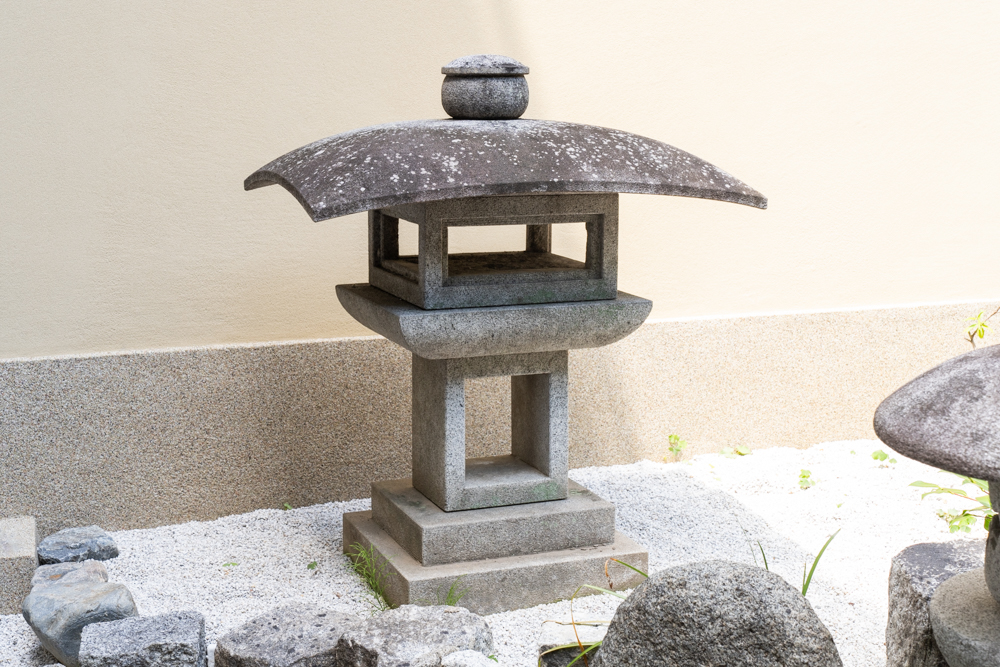
Kanjū-ji-gata Dōrō
It is said that Senno Rikyū, the famous tea master who played a vital role in the development of the Japanese tea ceremony, was the first to introduce stone lanterns into gardens. Over time, stone lanterns became widely popular, even appearing in the gardens of small townhouses in Kyoto. However, with the decline of these traditional townhouses in recent years, the number of lanterns has also decreased. Even so, the appreciation for traditional Japanese design still remains, and today many people —both locals building new homes and visitors from abroad—continue to seek out stone lanterns.
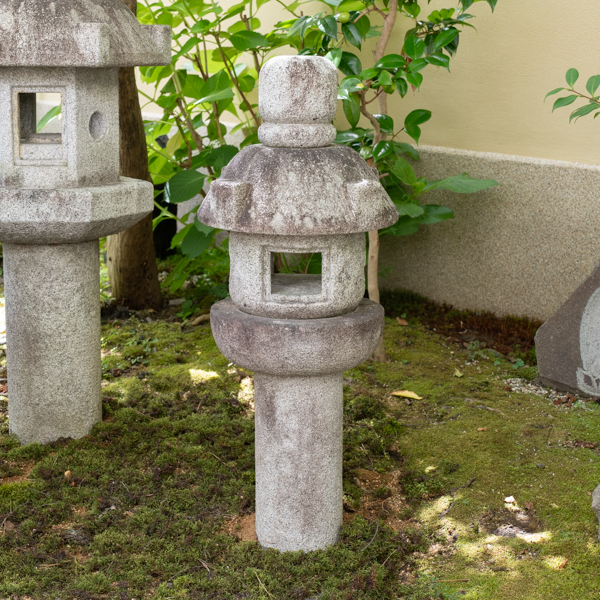
Stone lanterns have played many cultural roles throughout their long history. Over time, their design and style have evolved, and today, they are celebrated both in Japan and around the world as symbols of traditional Japanese culture. By understanding the history and cultural significance behind stone lanterns, we can gain new perspectives on how we view and appreciate gardens and spaces.
To explore more about these fascinating symbols of Japanese culture, visit our web page!→Stone Lanterns Page
